Check out this very informative article by accomplished landscape photographer Ramtin Kazemi.
Read MoreAmazing Tips for Mastering Color by Ramtin Kazemi →
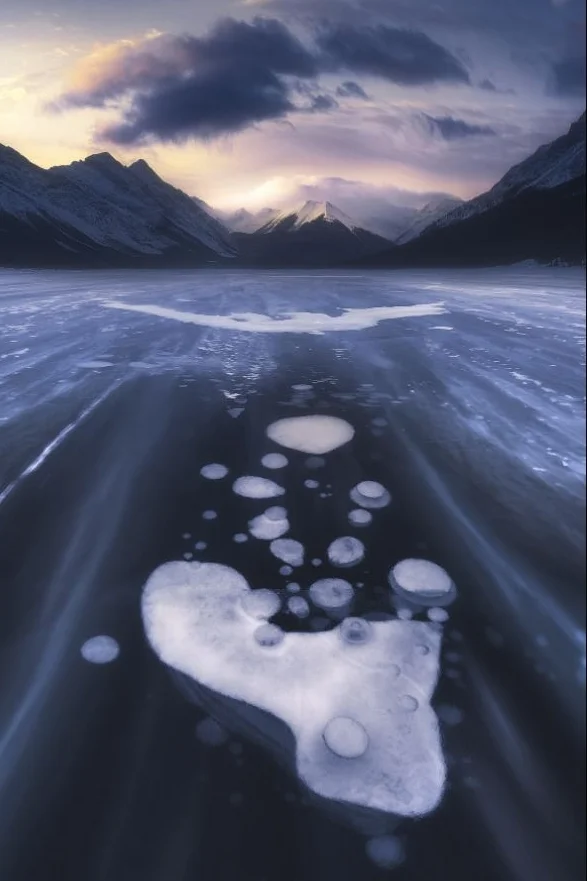
Long Exposure
Check out this very informative article by accomplished landscape photographer Ramtin Kazemi.
Read MoreContrary to popular belief, you don't have to leave the country in order to see some amazing places. These three gorgeous places do not disappoint when It comes to scenic beauty.
No your eyes aren't lying, this is a real place. Go there. Go Now. Just start walking south from the Oregon border, you'll see it, trust me, its nearly 15,000 feet tall.
Arizona may be known as the Grand Canyon State, and for good reason, but did you know that there's a party just as compelling near the AZ-Utah border, just an hour and a half from the big hole thingy.
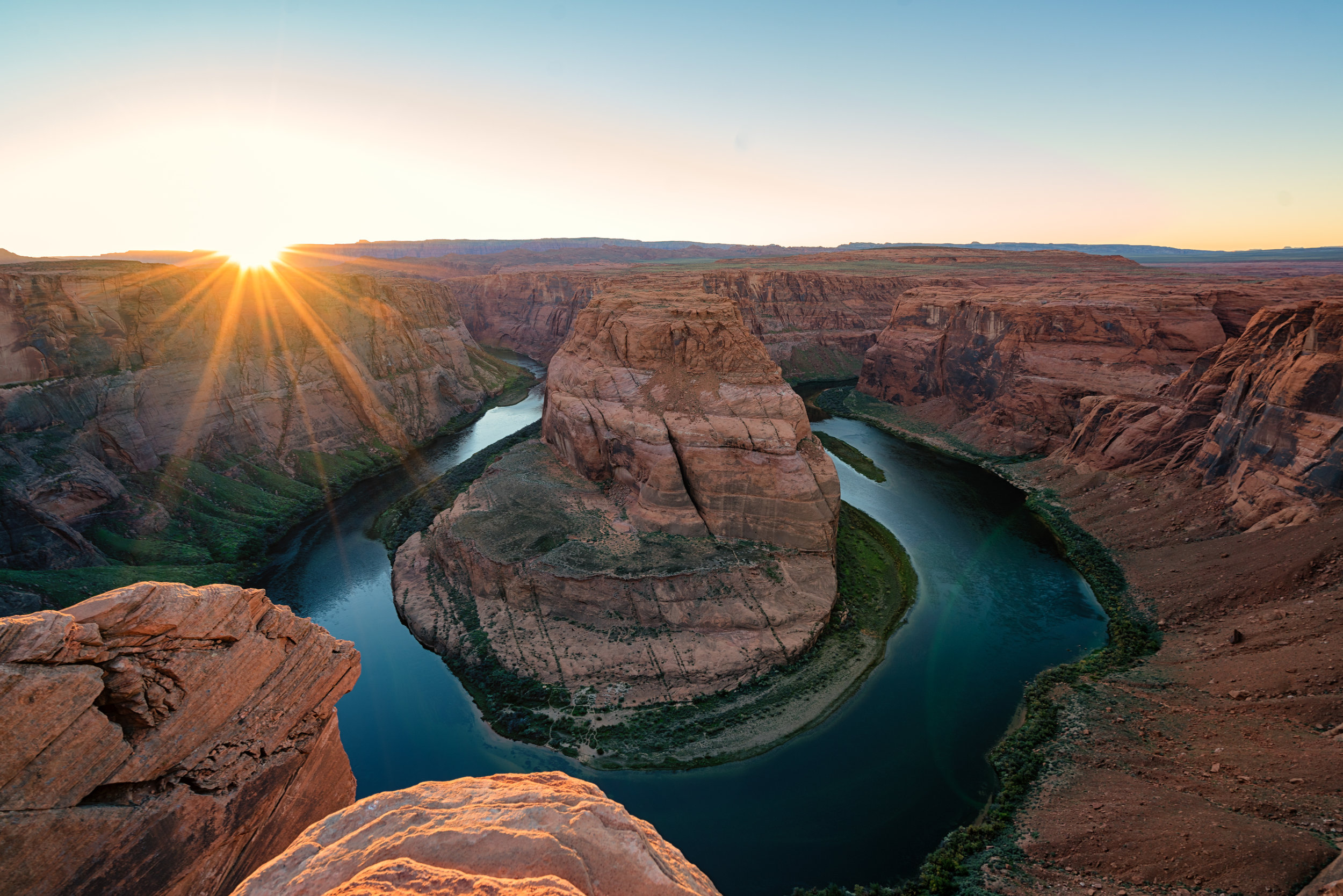
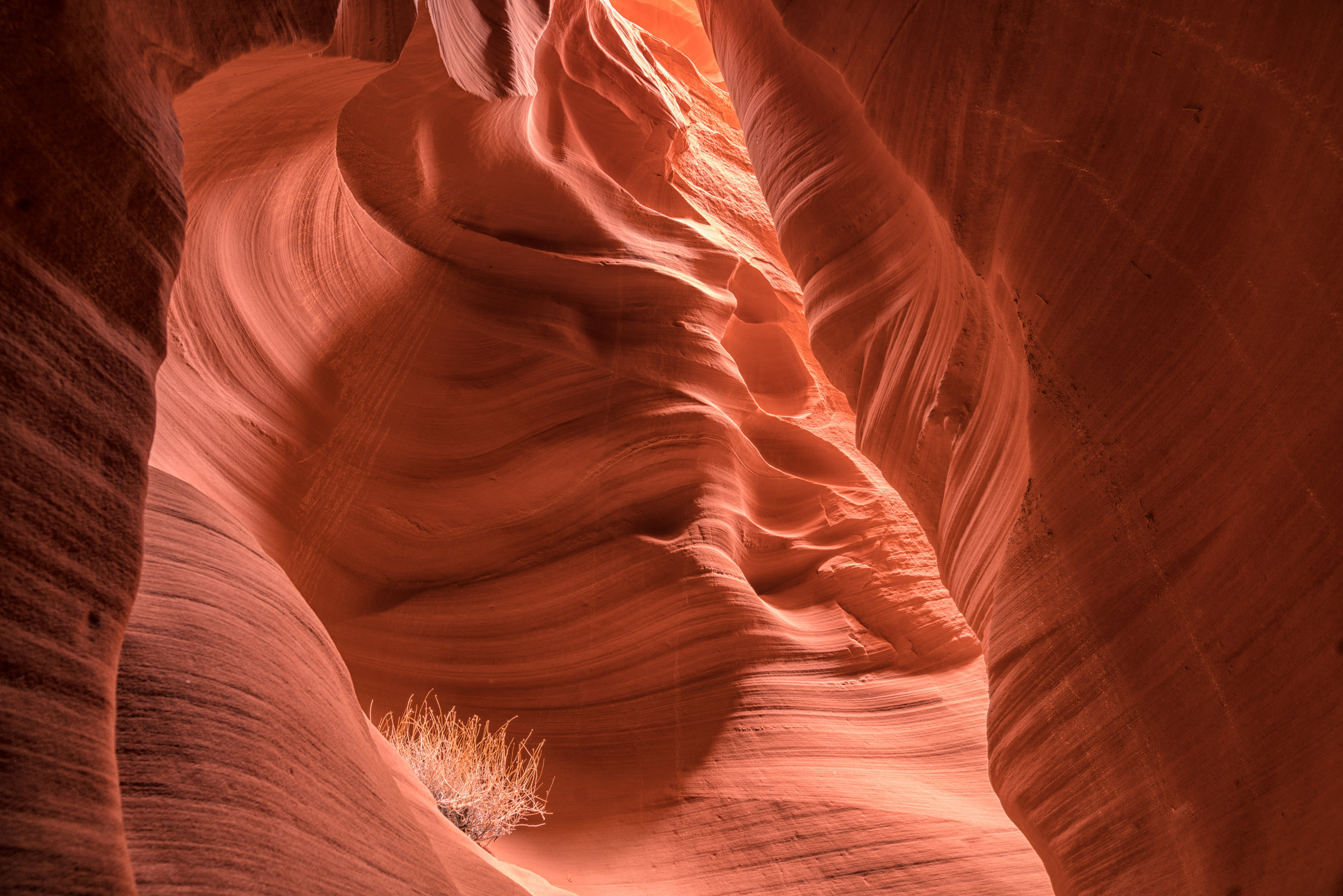

America's first national monument. I just got back from visiting it nested in the Wyoming Black Hills. I'm still not convinced its real.
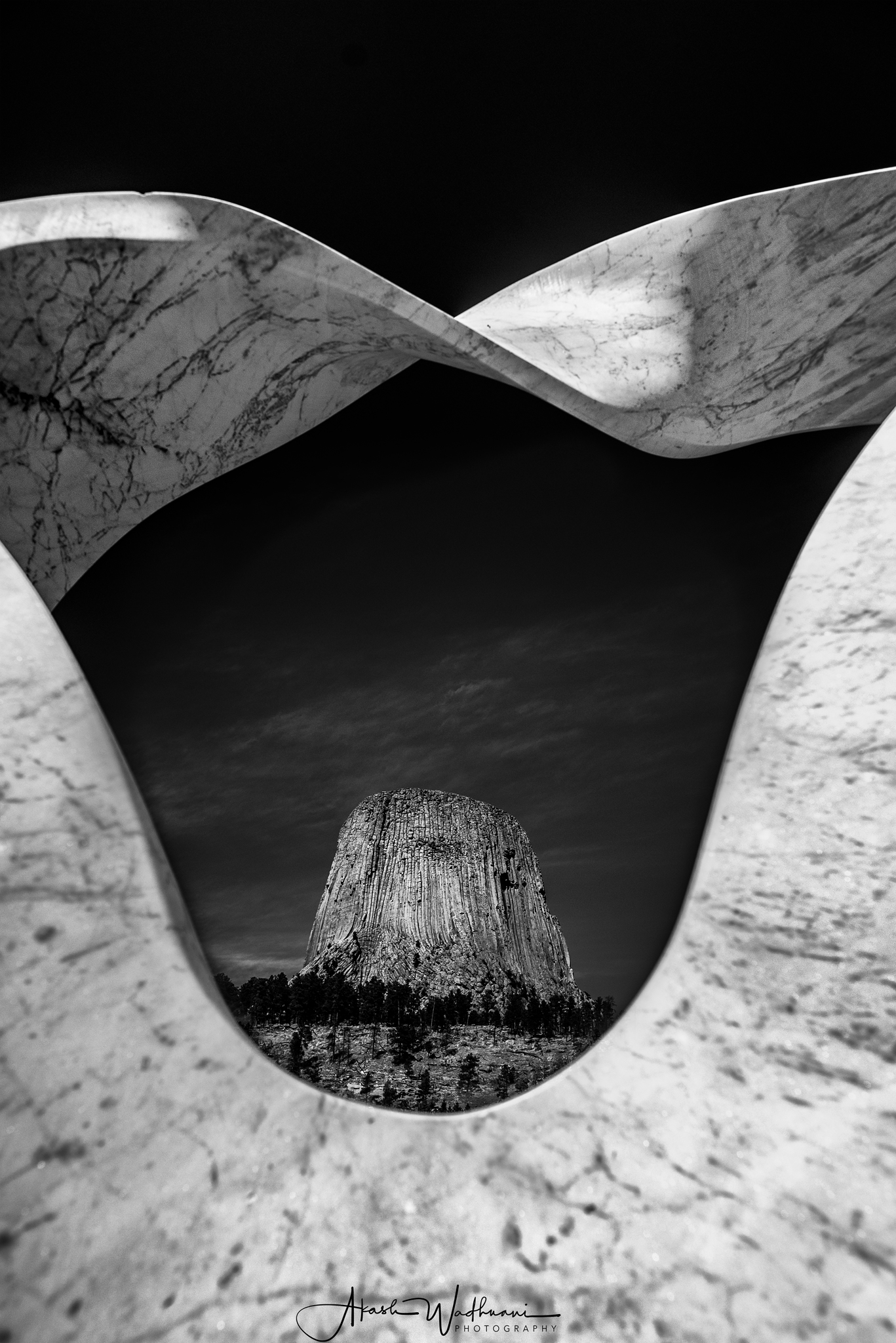
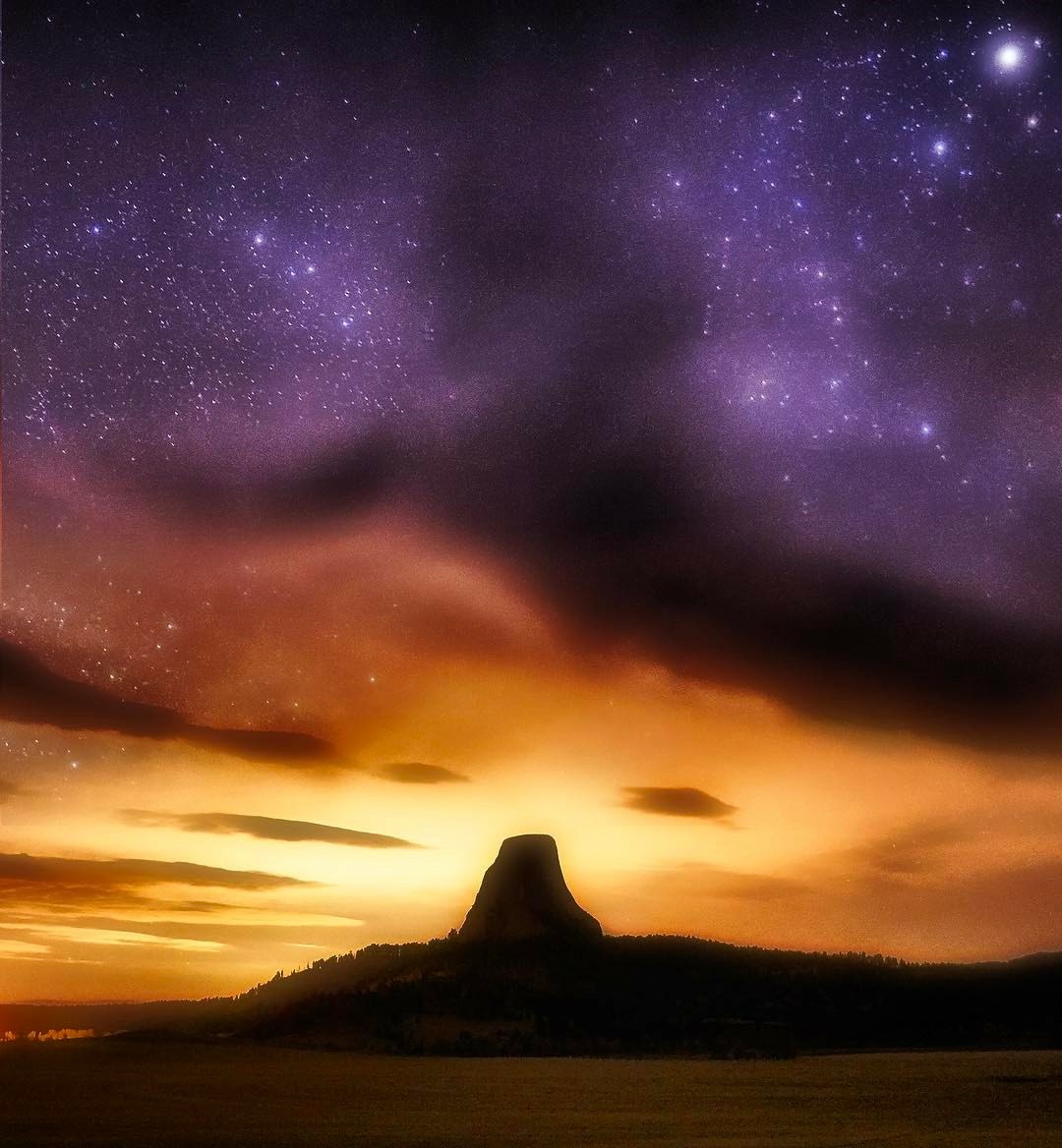
The face of crazy horse, A7rii 120sec shutter, f13
A few years ago, Jeff Tapp told me about Crazy Horse Memorial, a sanctuary in the Black Hills that was at the top of his list of places to see. The facility is home to the construction of the largest sculpture in the world. The sculpture itself is a tribute to the great Lakota leader Crazy Horse who is one the most widely revered Native American Heroes.
On a whim, this last Sunday, we packed up a few of our things and hopped in the car with one thing on our mind: The Black Hills. We drove over a thousand miles and finally reached the entrance to Crazy Horse Memorial to find that the entirety of the region was under a blanket of thick, unrelenting fog. The luck was not with us.
We didn't have it in our plans to stay another day as we needed to head to Wyoming that night and return back to Illinois via North Dakota the next day. We left the facility without getting a glimpse of the sacred mountain. As we drove slowly through the extremely dense fog toward Wyoming, we decided that we'd come too far to not see the memorial, and agreed to return to the Black Hills again after spending some time at Devil's Tower.
It was one of the best decisions we'd ever made. Not only were we able to see the incredible memorial, but we were also invited to take a ride up the mountain to see the face of Crazy Horse and view the incredible progress that started 68 years ago. The view from the top was not something that cannot conveyed with any number of words or images. The detail of the 87 foot tall head of Crazy Horse is remarkable, and the whole experience of Crazy Horse Memorial is unlike anything else, I can't recommend it enough.
I'll make a separate post about devils tower, but here's a sneak peak.
The clouds finally clearing to reveal the stars
Sony A7rii with Sigma 24-105 Art at 28mm 30 seconds at f/8.0 ISO 125
Last year in April I made a drive from Portland to San Francisco. I had a early flight scheduled out from San Francisco to Las Vegas to shoot a music video. I drove all night and made it there a several hours before my flight. I used this opportunity to scope out a location for a sunrise shoot at the Golden Gate Bridge.
I had a few criteria when selecting a location to shoot the bridge:
I did a bit of research and found a perfect location, Marshall Beach
As luck would have it, there was an abundance of sea foam present that I focused on for the blue hour shot, as I figured the blue water would contrast nicely with the white foam. I was extremely lucky with the location of the sunrise as you can see it's sun star as it rose through the bridge.
Sony A7rii with Sigma 24-105 Art at 33mm 10 seconds at f/10 ISO 200 Formatt-Hitech 10 Stop Firecrest Neutral Density Filter
One of the easiest and most impactful ways to instantly improve your landscape photographs is to get the camera low. I mean super low. I'll give you an example:
In this photo of half-dome which I took in late October, my camera was literally an inch away from the water. Why?
A few months ago I had the pleasure of visiting Death Valley National Park, and it was unlike any place I'd ever been. I understood immediately why the unbelievably warped terrain was deemed "amargosa chaos" years ago. It's truly an alien landscape.
I was heading to the park from Las Vegas around 8 pm, hoping to photograph the Milky Way. Death Valley has very little light pollution and on a clear night it's one of the darkest places in the United States.
I realized I had forgotten my flashlight and decided to pull into a Home Depot in Pahrump. I asked a gentleman if he could point me in the direction of the flashlights, he decided to show me where the lights were at. As we walked through the aisles we got to talking, and I showed him some of my photographs. As soon as he saw my style, he began telling me different locations around Death Valley to visit, he had an amazing amount of information! There was one place in particular where he thought I'd be able to get my Milky Way shot, at Dante's View.
I purchased my light, said thanks, exchanged information with him, and headed straight for the place he had recommended. After driving up a mountain in unbelievable darkness, I turned off all my lights and after a few moments, I was greeted with the most stunning Milky Way scene I had ever scene.